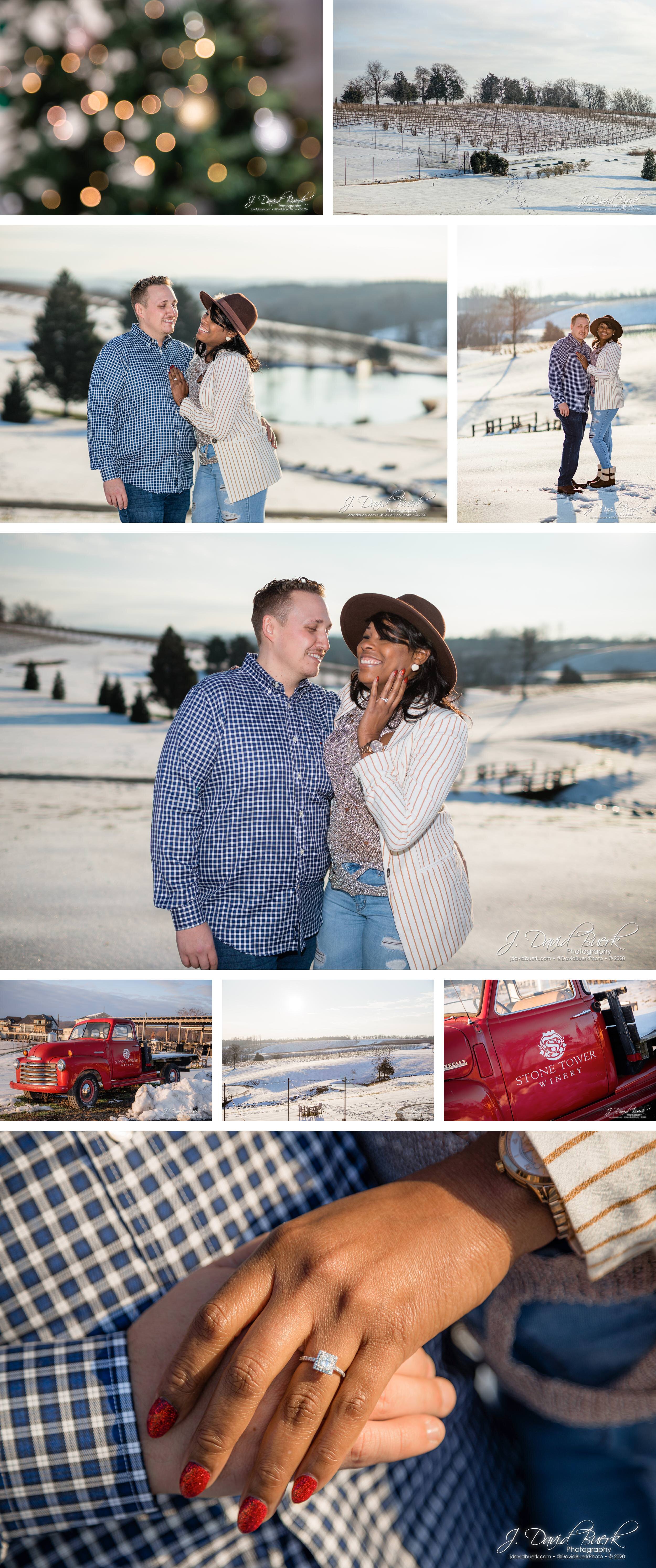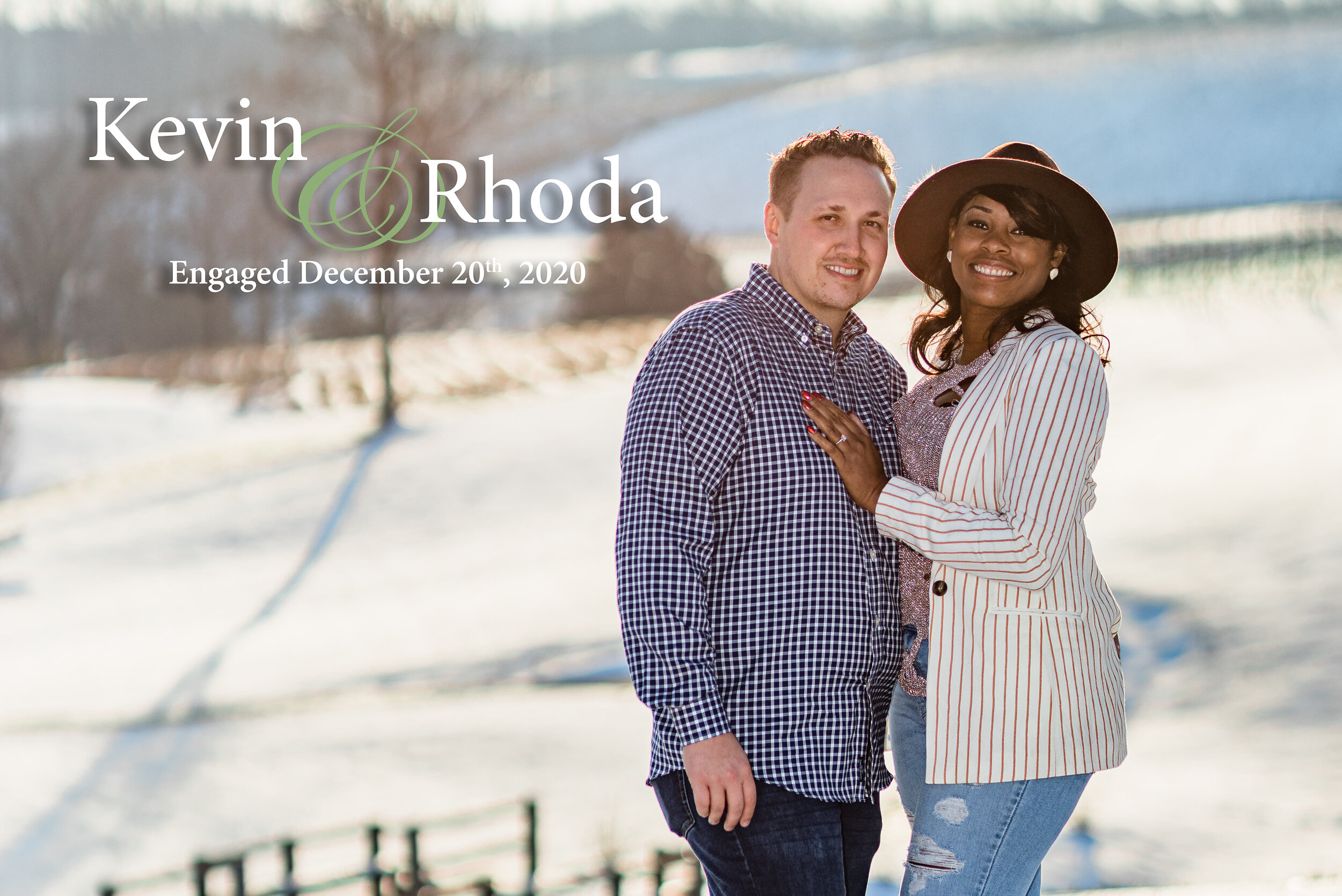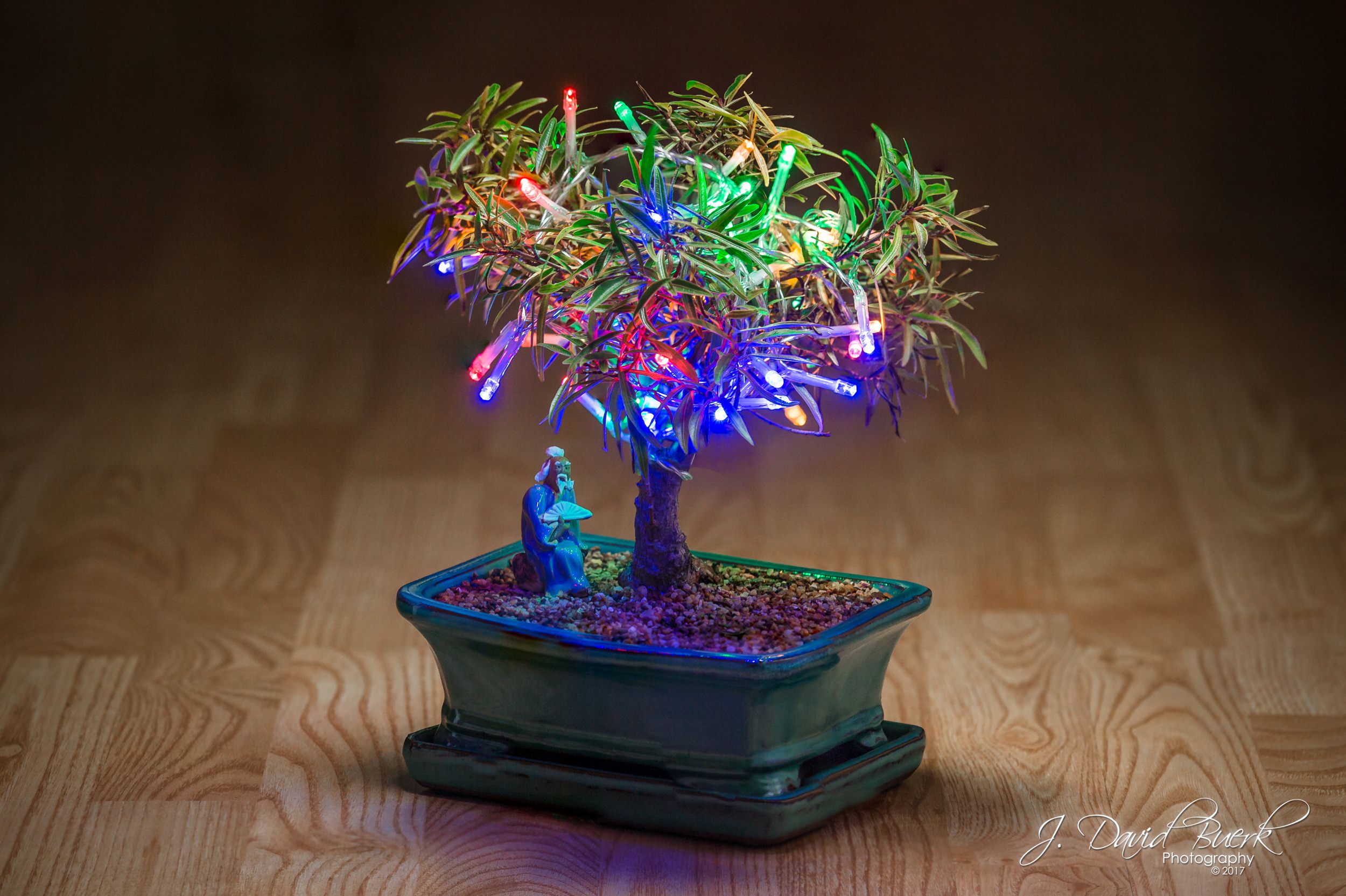I've developed somewhat of a tradition of taking my cousin Carrie's kids out each year to see the latest Star Wars. This year, however, I had been doing a bit of punking and when they asked me when we were going to see The Last Jedi I told Ryan and Alex I'd already seen it a few days earlier (true). "But we always go!" Sarcastically feigning pain, "Ow, my knee *really* hurts... I don't think I can see it..."
And then I started in on the mix of spoilers: Han Solo dies! Luke drinks green milk fresh from a teat... then he tickles Rey's hand with a leaf! It's just like Battlestar Galactica except there's no whiteboard! Kylo Ren kills Han Solo, and boy oh boy do I have some bad news for you about Carrie Fisher... BOOM!!! *feigns gasping for air*
Obviously you wouldn't know what of that is true or false unless you've seen the movie; little did they know it's all true... but with a 2 ton asterisk on the end, and none of it is central to the plot. Also little did they know I'd already bought the tickets. So, Christmas morning came and I'd given them a Christmas card simply signed "Han Solo dies!!!" inside, with the tickets to Star Wars, Episode VIII: The Last Jedi in 3D for the next day. The reaction of them realizing what it was was pretty worth it.








































